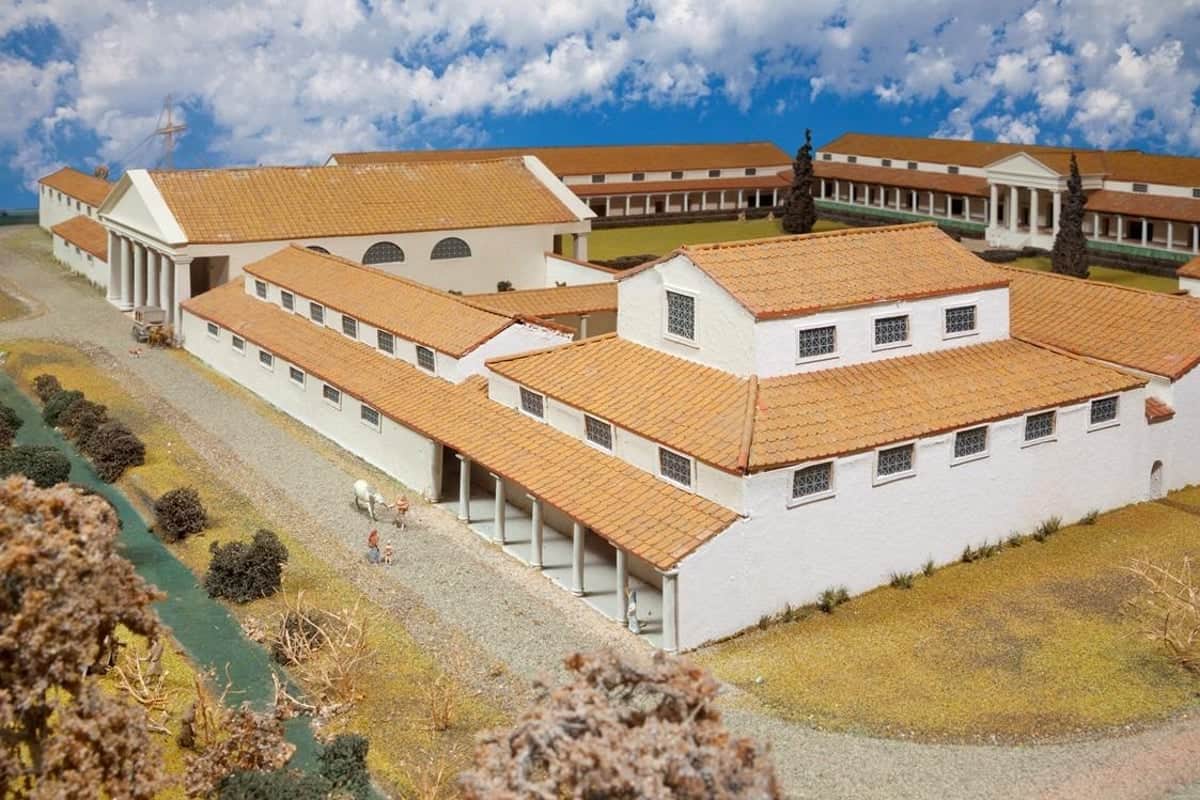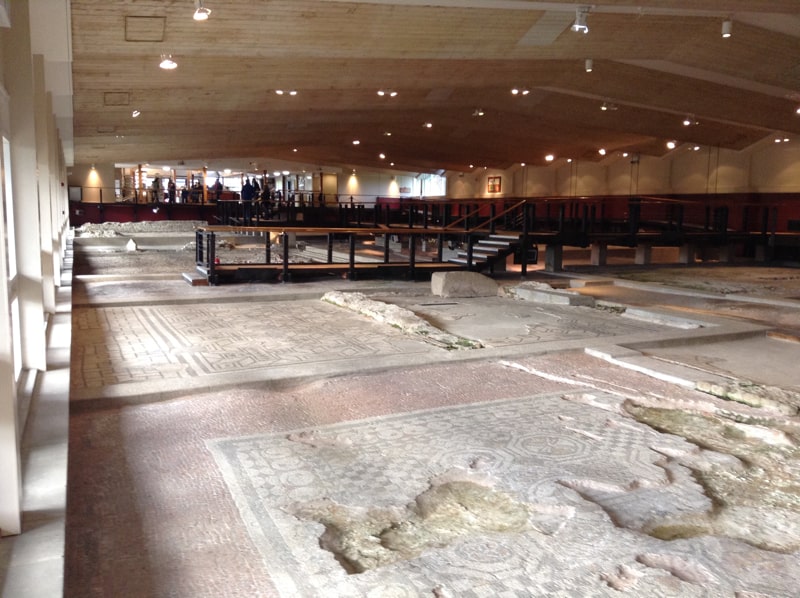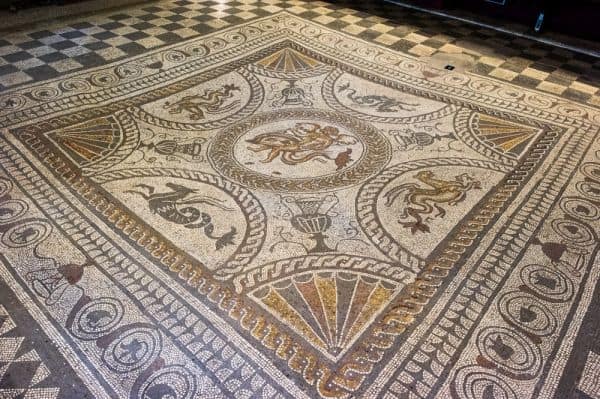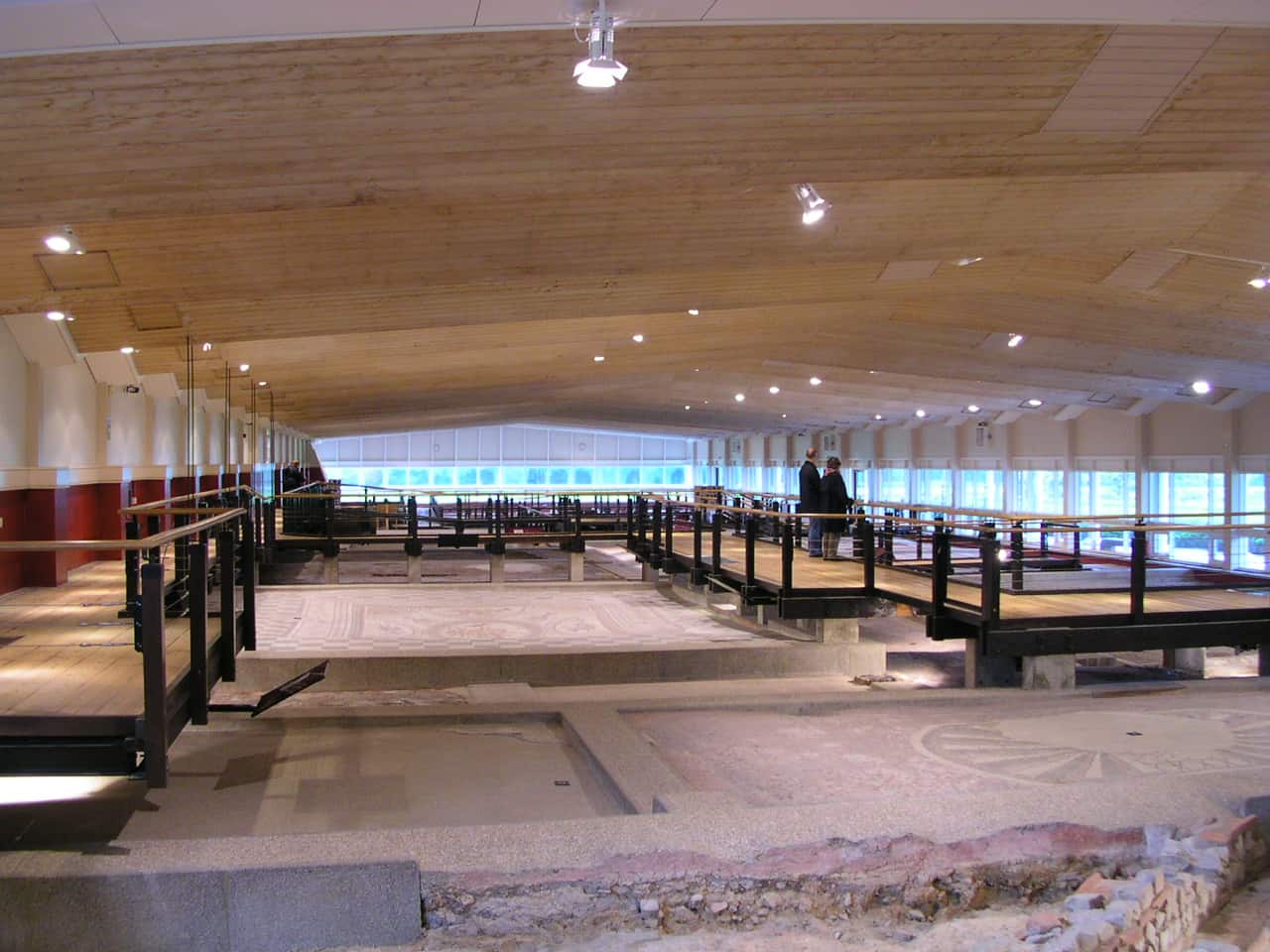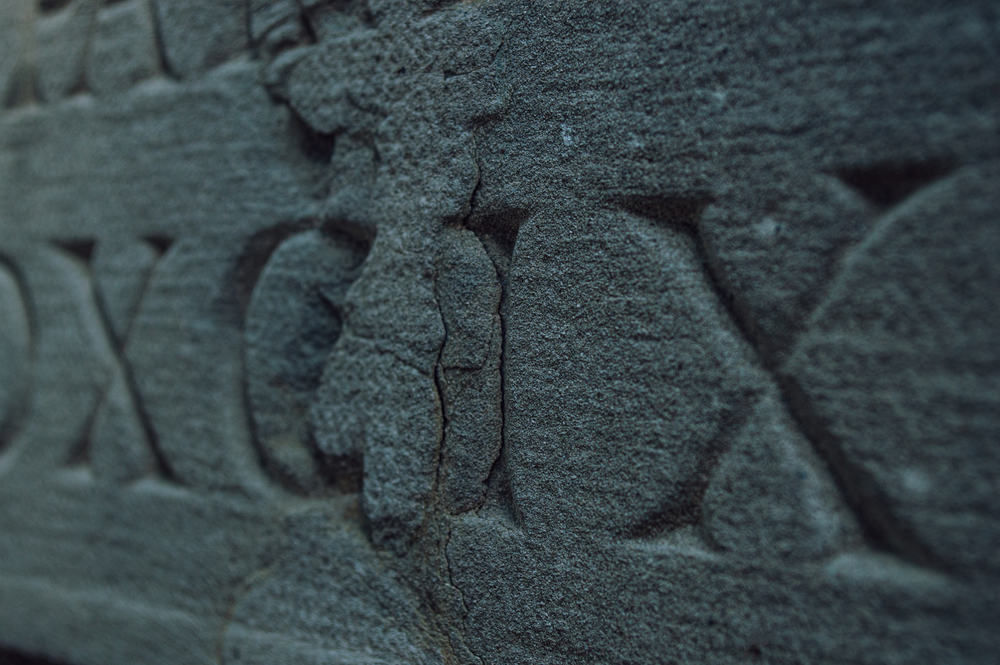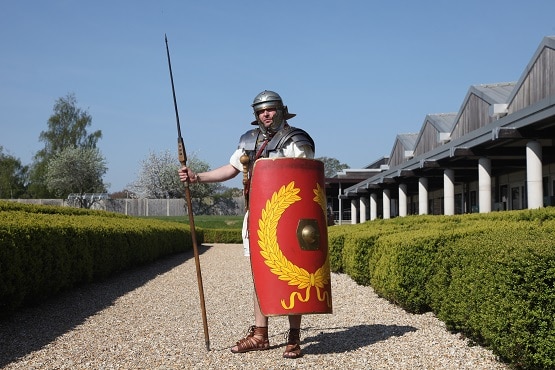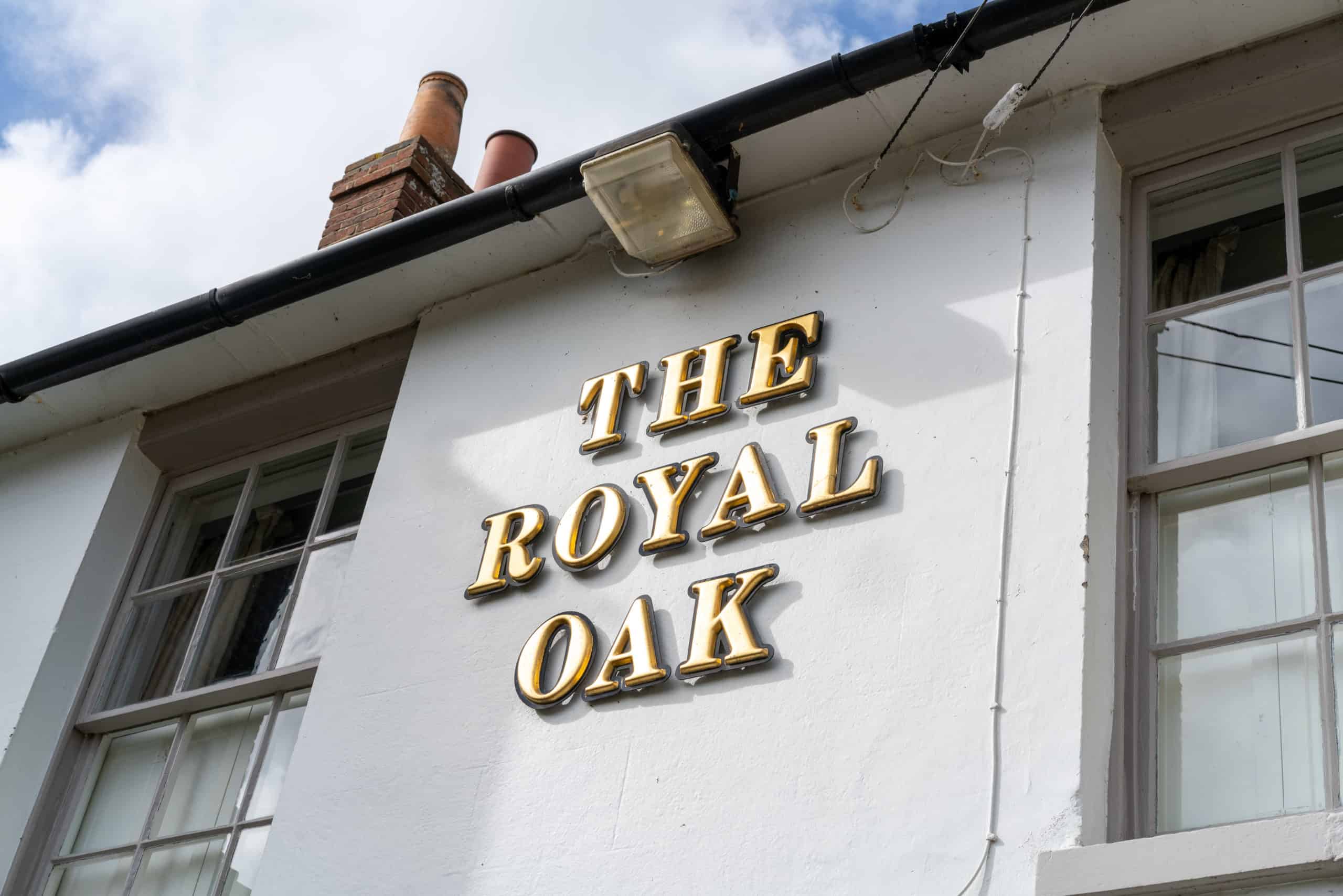Fishbourne Roman Palace stands as a testament to the grandeur and sophistication of Roman civilisation.
This archaeological gem captivates the imagination of history enthusiasts and tourists alike.
Food lies at the core of our mission. Our menu showcases our deep appreciation for seasonal, contemporary British cuisine, with each dish crafted to bring out its unique flavours. If you’re curious about the sources of our ingredients, please feel free to ask, and we’ll gladly share. We make every effort to incorporate local ingredients into our dishes whenever possible.
The Royal Oak offers a range of accommodations, including five ensuite bedrooms, a family room, and two cottages, all seamlessly blending warmth, comfort, and rustic charm with modern conveniences like iPod docking, complimentary WiFi, and flat-screen TVs. All of our lodgings offer picturesque views, whether overlooking farmland or the beautiful Sussex Downs. Expect invigorating power showers, luxurious Egyptian cotton sheets, plush bathrobes, and eco-friendly British bath and body products as part of our standard amenities.”
A Brief Overview of Fishbourne Roman Palace
The story of Fishbourne Roman Palace began in 1960 when local workmen stumbled upon an unexpected treasure while digging a trench. Unbeknownst to them, they had uncovered the remains of a luxurious Roman villa, and what followed was a meticulous archaeological excavation that unveiled one of the largest and most well-preserved Roman residences in Britain.
The palace’s discovery was a turning point in the understanding of Roman influence in Britain during the 1st century AD. Archaeologists unearthed an extensive complex featuring a large courtyard, intricate mosaic floors, and evidence of opulent living spaces. The site quickly became a treasure trove of artefacts, shedding light on the daily lives, cultural practices, and artistic achievements of the Roman occupants.
Architectural Marvels
Fishbourne Roman Palace is celebrated for its impressive architectural design, reflecting the sophistication of Roman engineering and aesthetics. The main residence boasts a large central courtyard surrounded by covered walkways, leading to various rooms and wings. The intricate mosaic floors, depicting mythological scenes and intricate patterns, showcase the craftsmanship and artistic prowess of the time.
The palace also features a series of well-preserved bathhouses, an essential element of Roman luxury and social life. The elaborate heating system, known as a hypocaust, demonstrated the Romans’ advanced understanding of underfloor heating, ensuring a comfortable and opulent bathing experience for the residents.
Preservation and Visitor Experience
Since its discovery, Fishbourne Roman Palace has been carefully preserved and transformed into a museum, allowing visitors to step back in time and experience the grandeur of Roman life. The museum showcases a remarkable collection of artifacts, including well-preserved mosaics, pottery, and tools, providing a comprehensive understanding of daily life in Roman Britain.
Visitors can explore the meticulously reconstructed gardens surrounding the palace, offering a glimpse into the horticultural practices of the time. The site’s educational programs, guided tours, and interactive exhibits make it an engaging destination for history enthusiasts, students, and families.
Directions To The Royal Oak From Fishbourne Roman Palace
The Royal Oak is just a nine-minute drive from Fishbourne Roman Palace.
As you exit the palace grounds, turn left towards Roman Way
Continue onto Roman Way
Continue on Salthill Rd. Take Hunters Race to Pook Ln
Turn right onto Salthill Road
Turn right onto B2178
Turn left onto Hunters Race
Turn left onto Lavant Rd/A286
At the roundabout, take the 2nd exit onto Pook Lane
After half a mile the Royal Oak will be on your left.


